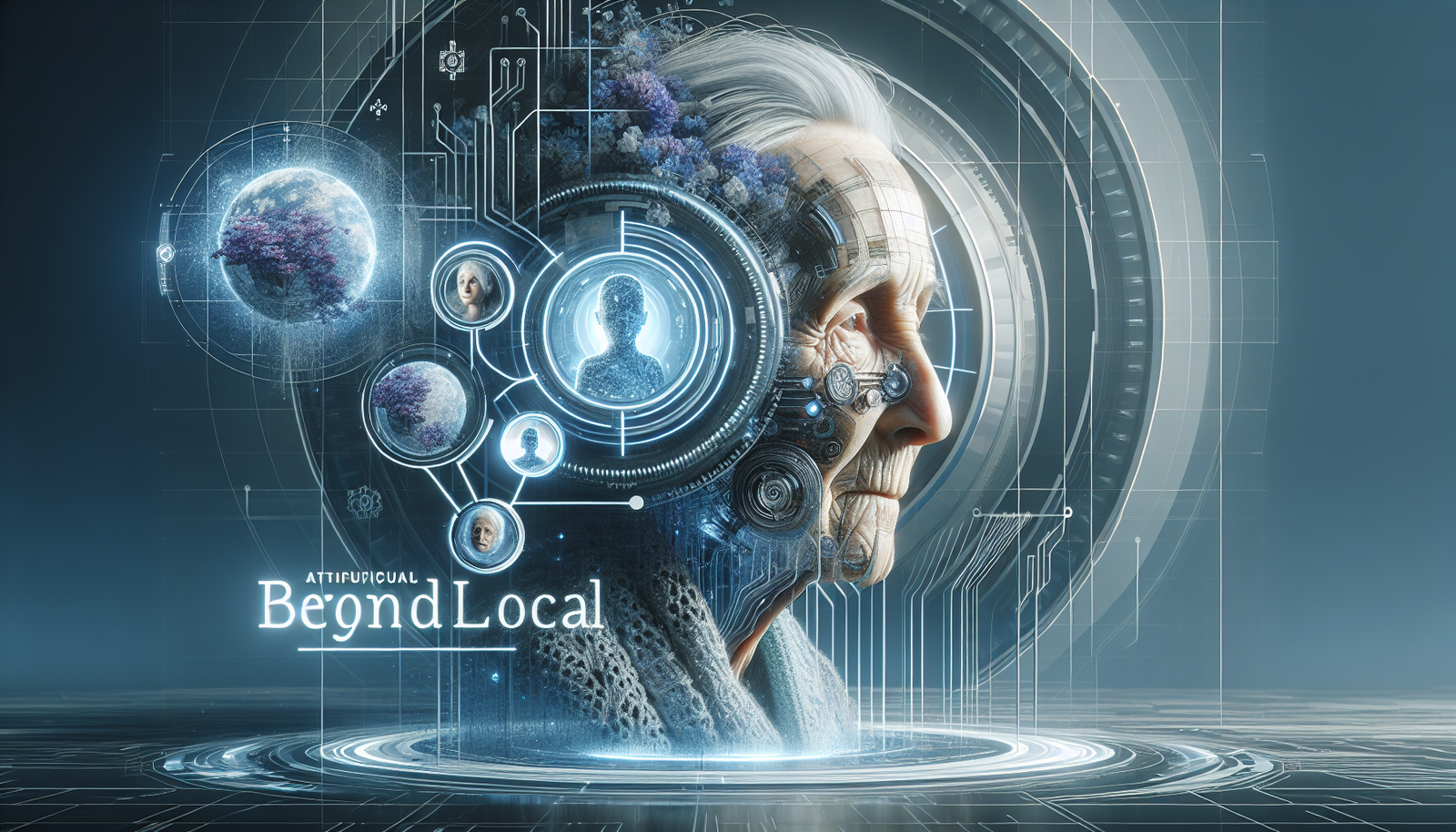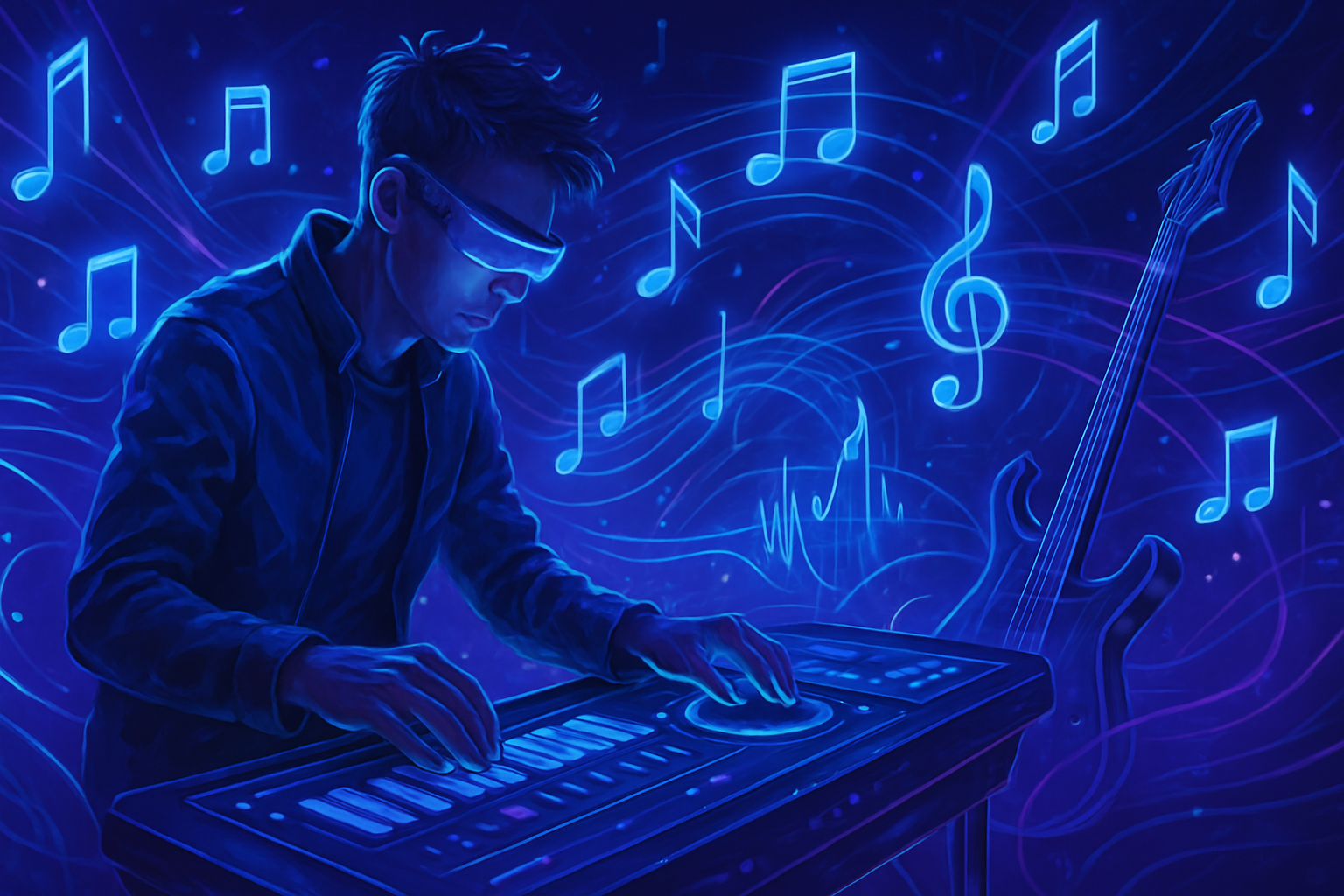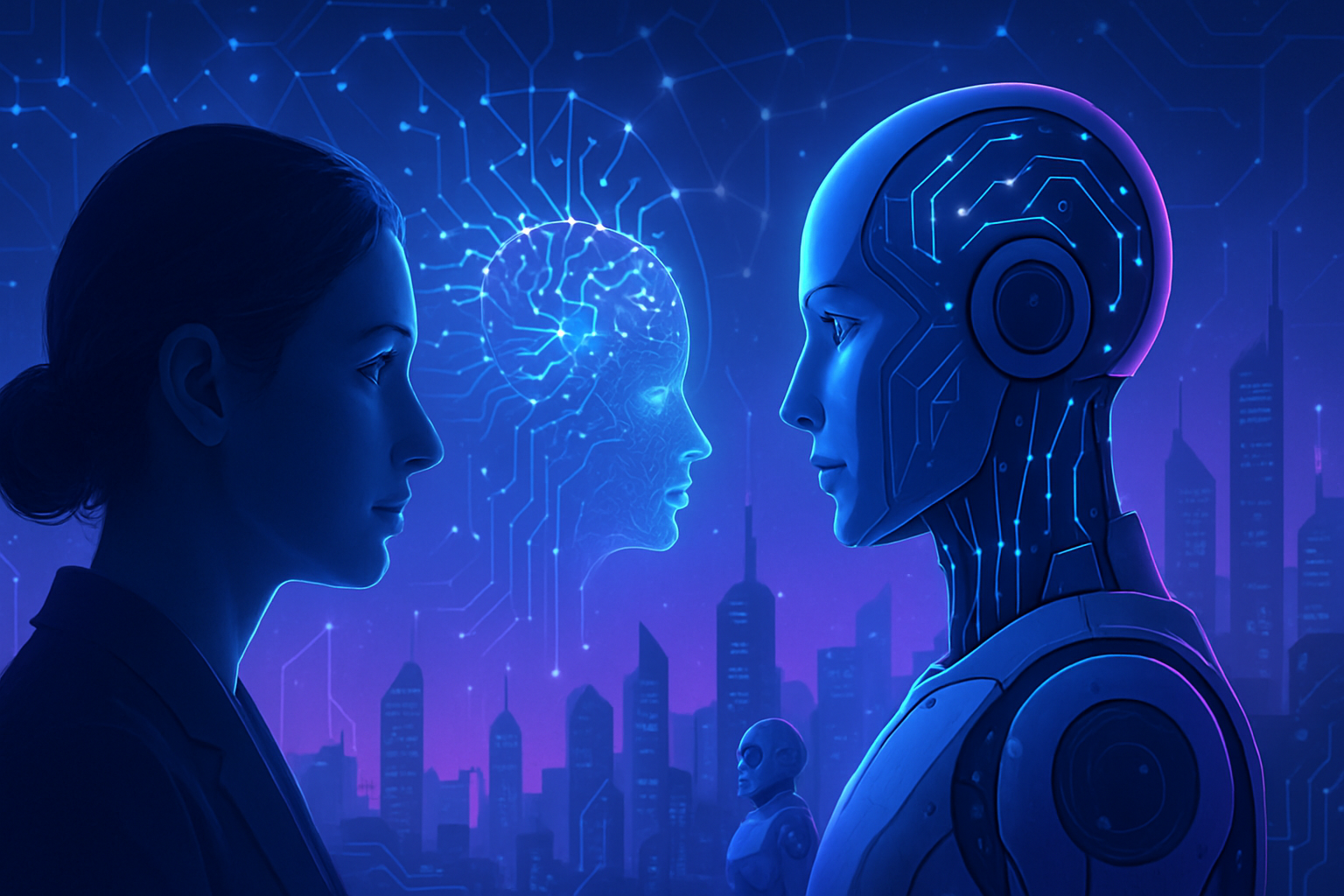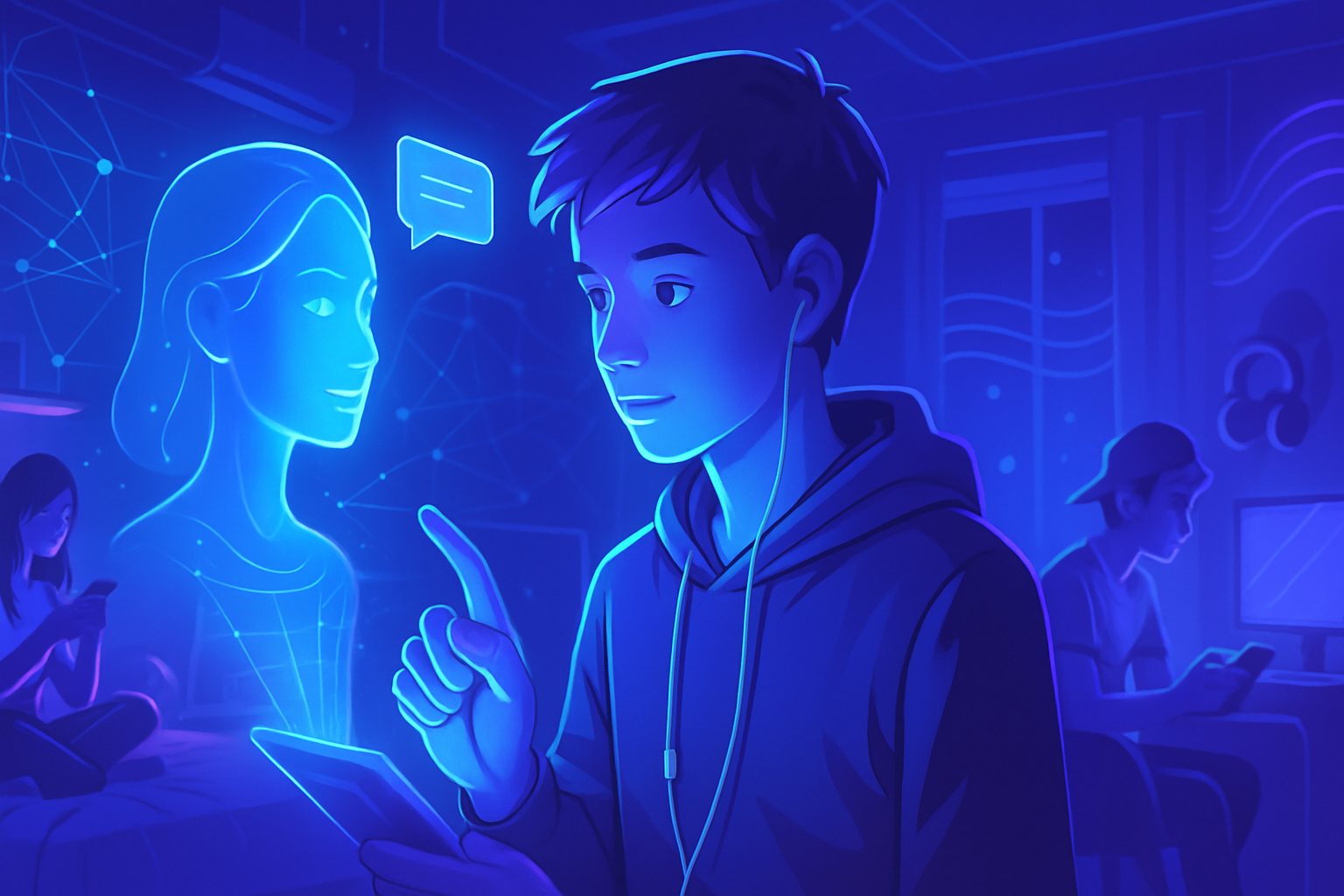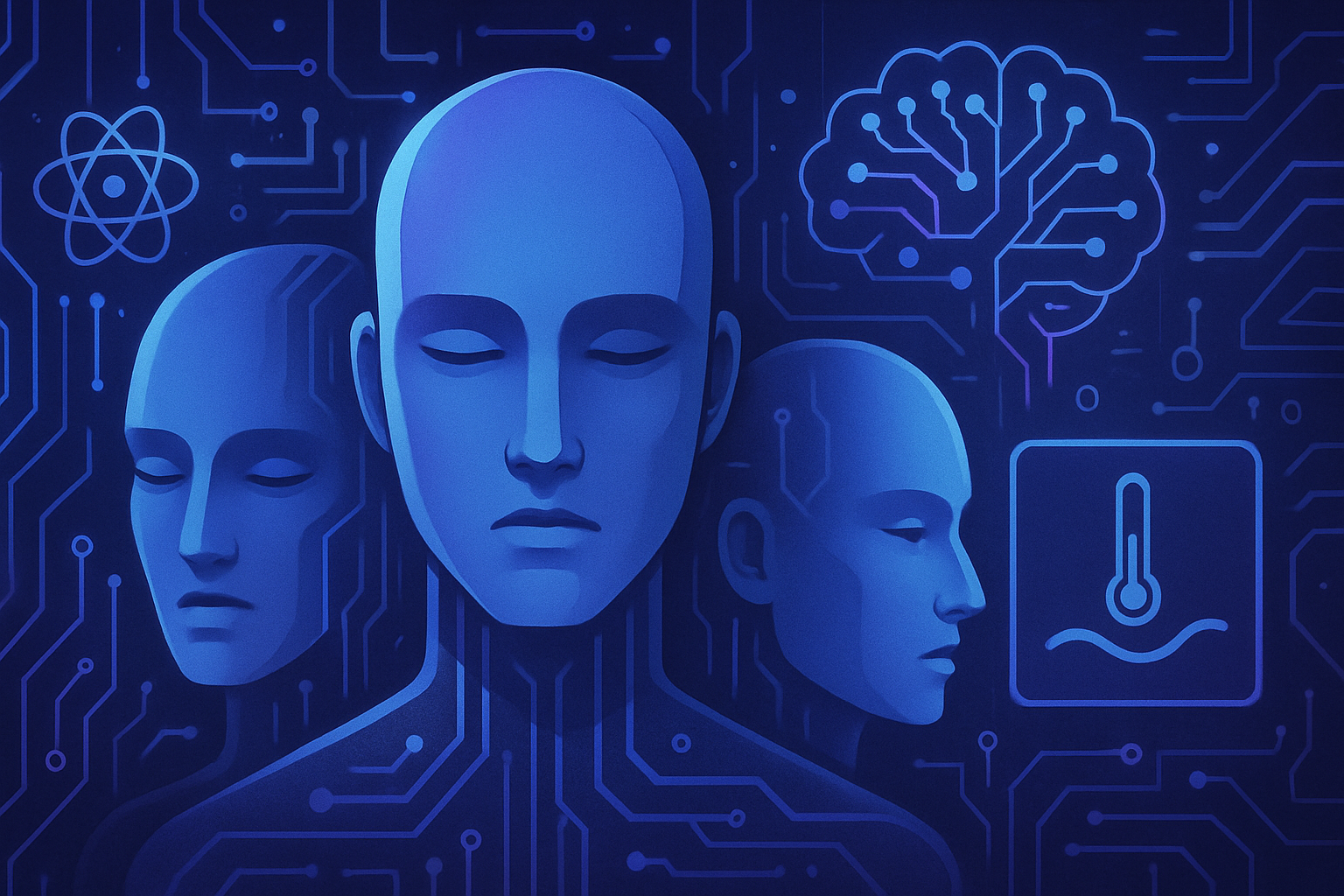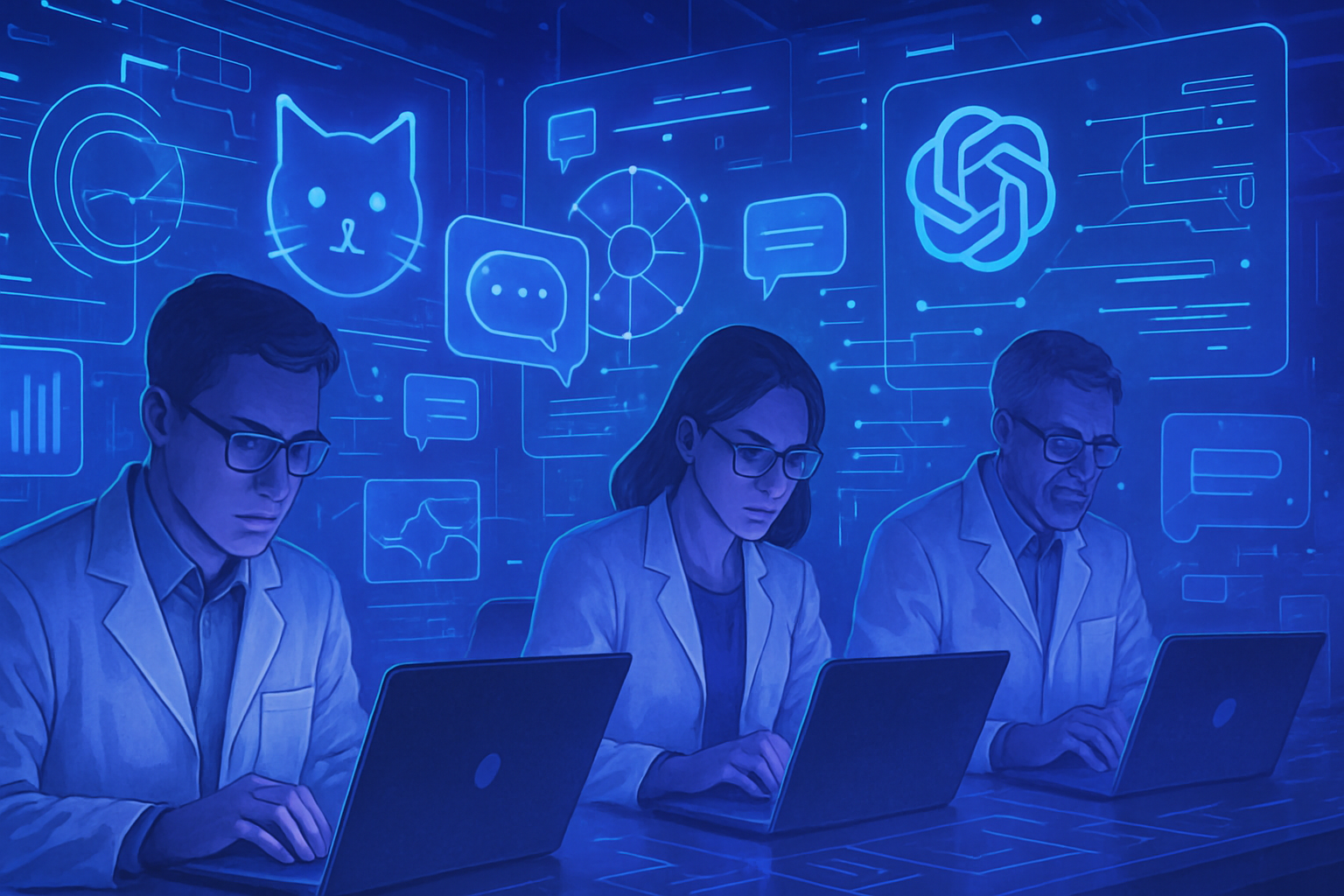The Rise of AI Replicas
The development of artificial intelligence (AI) replicas of deceased loved ones raises ethical and emotional debates. Platforms like Project December allow users to interact with digital avatars based on personal data. For a modest fee, it becomes possible to simulate a conversation with deceased relatives.
An Iconic Case
Recently, a man had the idea of creating a digital replica of his deceased mother. To do this, he provided biographical elements, writings, and personality traits. This experience reveals the power of AI in creating living memories, offering an illusion of continuity.
The Emotions at Play
Digital replicas generate emotional ambiguity. On one hand, they allow people to relive precious moments and feel a connection with the deceased. On the other hand, they can create confusion about the true meaning of mourning, questioning the boundary between memory and substitution.
Ethical Questions Raised
This technology poses fundamental ethical questions. The ability to converse with a digital version of a loved one raises concerns about manipulating the memory and image of the deceased. The limits of authenticity are blurry. Companies must therefore navigate cautiously in this sensitive area.
Impact on Grieving
The rise of AI replicas could change the way individuals experience grief. Some psychologists question the effects on the healing process. The technology could potentially prolong sorrow by preventing a healthy break with the past, a harmful dynamic for some mourners.
The Reaction of Relatives
The reception of these innovations varies significantly among the deceased’s relatives. Some see these tools as a comforting way to preserve memory. Others feel uneasy about the digital representation of a loved one. These experiences show that mourning remains a deeply personal and complex subject.
The Evolution of the Digital Grief Industry
In response to this demand, several companies are digging their heels into the digital grief industry. The growing commercialization of such services highlights a rapidly expanding market. The rise of deathbots, or conversational robots for interacting with the deceased, illustrates this trend.
A Technological Approach to Memory
Digital solutions like Cumulus provide an immersive experience through virtual reality. This tool offers a space to remember the deceased interactively, transforming memories into narratives accessible at any time and in any place.
Inevitable Conclusion of Technological Progress
Society stands at a crossroads, faced with the repercussions of technological advancements on our relationship with death. AI replicas, while offering a form of comfort, compel us to rethink our notions of life, death, and memorial legacy. The ethical debate surrounding this technology is just beginning, and it is imperative to consider the multiple voices in this discussion.
Frequently Asked Questions About the Rise of the Digital Grief Industry
What is an AI replica of a deceased loved one and how does it work?
The AI replica of a deceased loved one is a system based on artificial intelligence that uses personal data to simulate conversations with the departed person. It works by analyzing texts, recordings, and other digital footprints to create a personalized interaction.
What are the ethical implications of creating an AI replica of the deceased?
The ethical implications include questions about consent, respect for the memories of the deceased, and the potential for emotional manipulation of users seeking to stay connected with their departed loved ones.
How does the industrialization of digital grief change our perception of death?
The industrialization of digital grief can modify how we experience mourning by offering alternatives to maintain a connection with the deceased, which could influence our grieving process and give the impression that death is less definitive.
What are the risks associated with using chatbots to communicate with deceased loved ones?
The risks include the creation of false memories, the difficulty of grieving due to the illusion of a continued presence, and the commercial exploitation of individuals’ emotional pain by some companies.
Can AI replicas truly capture the personality of a deceased individual?
While technology can simulate aspects of a deceased person’s personality, it cannot reproduce the complete individuality of a person as it relies on limiting data and cannot capture deep nuances and real-time human interactions.
How can users emotionally prepare before interacting with an AI replica?
Users should take the time to reflect on why they want to interact with an AI replica, consider the potential emotional impacts, and discuss their feelings with grief professionals or relatives before proceeding.
What types of data are needed to create an AI replica of someone?
To create an effective AI replica, a large amount of data is needed, including writings, voice recordings, social media interactions, and other elements that reflect the thoughts and behaviors of the deceased.
Are there regulations surrounding the use of digital grief technology?
Currently, regulations vary by country and jurisdiction. Many legal questions arise, such as the right to reputation and personal data protection, highlighting the need for an appropriate legislative framework for this emerging industry.
How does society react to the rise of digital grief services?
Reactions vary widely, ranging from enthusiastic support for these new technologies to critical concerns about the morality of maintaining a digital bond with the deceased, suggesting an ongoing public debate on this issue.
